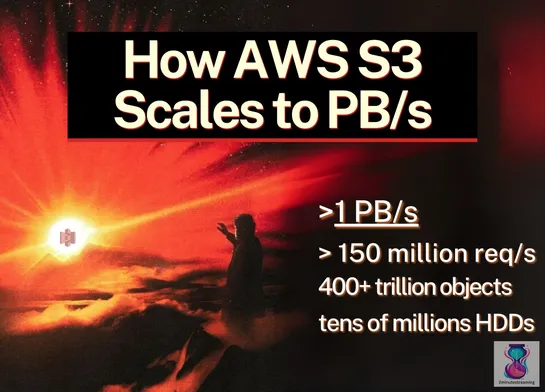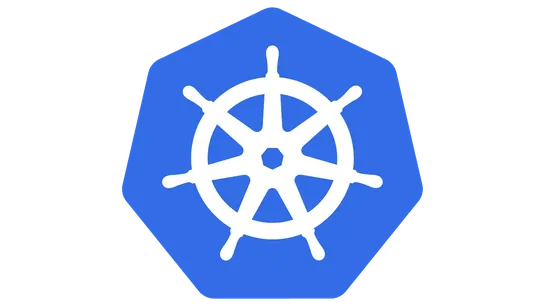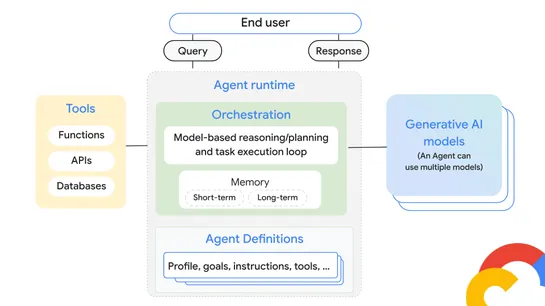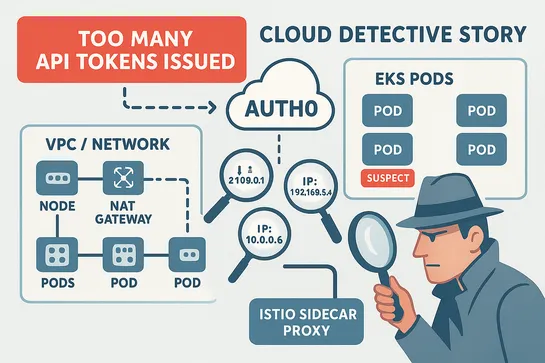How AWS S3 serves 1 petabyte per second on top of slow HDDs
AWS S3 doesn’t need fancy hardware. It wrings performance out ofcheap HDDs,log-structured merge trees, anderasure coding. The trick? Shard everything. Hit it in parallel. Randomized placementdodges hotspots.Hedged requestsrace the slowest links. And when things get lopsided, S3 rebalances - constant..















